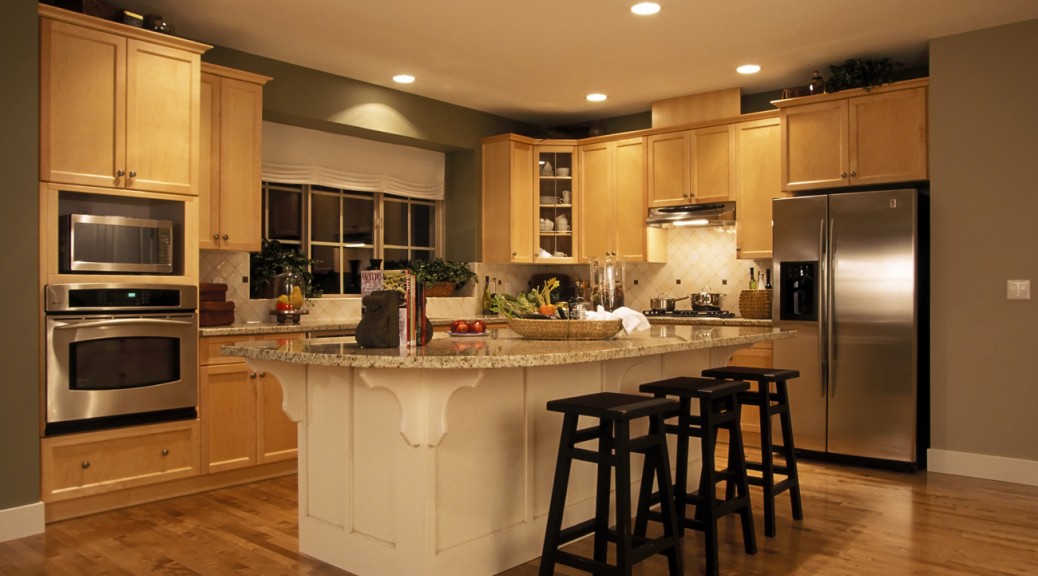How To: Installing a Backsplash for Your Kitchen
Mar 09, 2016 By Fenesta

A creative tile backsplash has found a permanent place in kitchen interior design as it can do wonders when it comes to enhancing the look of your kitchen. Also, it provides protection to the walls. Installing a backsplash is a fairly doable project and something that can be attempted as a DIY procedure. Here are a few simple steps that can be undertaken to complete backsplash installation in the kitchen in a relatively short time frame.
- Get all the tools and the materials together. Tools include tape measure, tile cutter, rubber grout float, waterproof grout, waterproof tile glue, tile saw, gloves and of course the correct number of tiles themselves based on the area that you want to cover.
- A thorough inspection of the wall is mandatory. Check the wall for strength so that it can hold the tiles and make sure there is no moisture. If the wall is not dry, wait for it to dry off or repair it if it is damaged.
- Getting to the process of actual tiling, it makes sense to lay out the tiles in a desired pattern to make sure you are covering for any obstacles like electric sockets etc. Once you are satisfied start the tiling process from the centre of the base of the backsplash and plan to work your way up.
- Once you have turned off the electrical outlets in your kitchen, start applying the adhesive that has come with the tiles using a notched trowel. Then place the tile carefully on the adhesive and push firmly for it to stick. Might be a good idea to use a level just to make sure that the tiles are being glued straight.
- Measure the spacers and place them around each corner of the tile, eventually pushing them onto the glue. Carry on placing the tiles based on the desired pattern following these instructions. Clean off any excess glue that might squirt out from corners etc.
- Once you have finished the tiles and they have been left still for enough time, remove the spacers and fill in the grouting using a rubber float. Pack the grout securing between the tiles and wipe off any excess with a damp sponge after it is firm.
- After the grout dries, clean off and shine the tiles with a cloth.
Installing a backsplash is kitchen interior design made easy. While most other projects in the kitchen require an experienced professional, a backsplash job can help you give your kitchen a personal touch. Follow the steps mentioned above and come a step closer to getting the kitchen of your dreams.










Comments